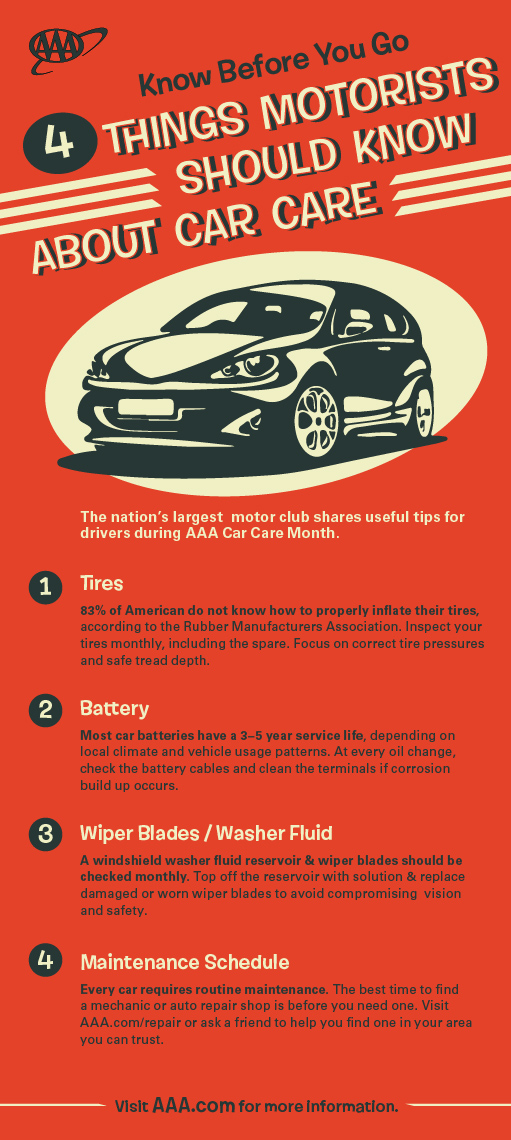Grasping The Value Of Your Car'S Warning Signals: What They In Fact Stand For
Grasping The Value Of Your Car'S Warning Signals: What They In Fact Stand For
Blog Article
Write-Up Author-Lim Gilbert
When you're behind the wheel, those beautiful warning lights on your control panel can be a bit complicated. Do you recognize what they're attempting to inform you concerning your cars and truck's health and wellness? Recognizing the importance of these lights is crucial for your security and the long life of your vehicle. So, the next time among those lights turns up, would not you wish to decode its message properly and take the necessary steps to resolve it?
Common Warning Lighting and Interpretations
Determine common caution lights in your vehicle and recognize their significances to guarantee safe driving.
One of the most common caution lights include the check engine light, which signals concerns with the engine or discharges system. If this light begins, it's important to have your lorry examined promptly.
The oil pressure advising light indicates reduced oil stress, requiring immediate interest to stop engine damages.
car steam cleaning flashing battery light could recommend a faulty charging system, possibly leaving you stranded if not attended to.
The tire pressure monitoring system (TPMS) light signals you to reduced tire pressure, impacting automobile security and fuel efficiency. Disregarding this could lead to harmful driving problems.
The abdominal muscle light shows a problem with the anti-lock stopping system, compromising your ability to quit rapidly in emergency situations.
Lastly, the coolant temperature level cautioning light warns of engine getting too hot, which can result in serious damage otherwise dealt with promptly.
Comprehending these common warning lights will aid you deal with concerns quickly and preserve safe driving conditions.
Relevance of Prompt Focus
Comprehending the common warning lights in your automobile is only the initial step; the value of immediately addressing these warnings can not be highlighted enough to guarantee your security on the road.
When a caution light brightens on your control panel, it's your car's method of communicating a prospective issue that needs attention. Overlooking car seat washing service can bring about much more extreme troubles down the road, endangering your safety and security and potentially costing you a lot more out of commission.
Motivate interest to cautioning lights can avoid breakdowns and mishaps. For instance, a blinking check engine light can show a misfire that, if left unattended, might cause damage to the catalytic converter. Resolving this promptly can conserve you from an expensive repair.
In a similar way, a brake system alerting light might indicate reduced brake liquid or used brake pads, essential components for your security when driving.
Do It Yourself Troubleshooting Tips
If you notice a caution light on your dashboard, there are a couple of DIY troubleshooting pointers you can attempt before looking for professional assistance.
The first step is to consult your auto's manual to recognize what the specific caution light shows. Occasionally the problem can be as straightforward as a loosened gas cap causing the check engine light. Tightening the gas cap may fix the trouble.
Another typical issue is a low battery, which can trigger numerous cautioning lights. Inspecting the battery connections for deterioration and ensuring they're safe and secure might fix the issue.
If a caution light persists, you can try resetting it by disconnecting the automobile's battery for a couple of minutes and then reconnecting it. Furthermore, inspecting auto marine detailing , such as oil, coolant, and brake liquid, can aid fix cautioning lights associated with these systems.
Conclusion
Finally, comprehending your vehicle's caution lights is important for maintaining your automobile running smoothly and safely. By without delay resolving these notifies and knowing what they mean, you can prevent pricey repairs and potential failures.
Bear in mind to consult your auto's handbook for specific information on each advising light and act as necessary to guarantee a trouble-free driving experience.
Stay informed, stay secure on the road!
